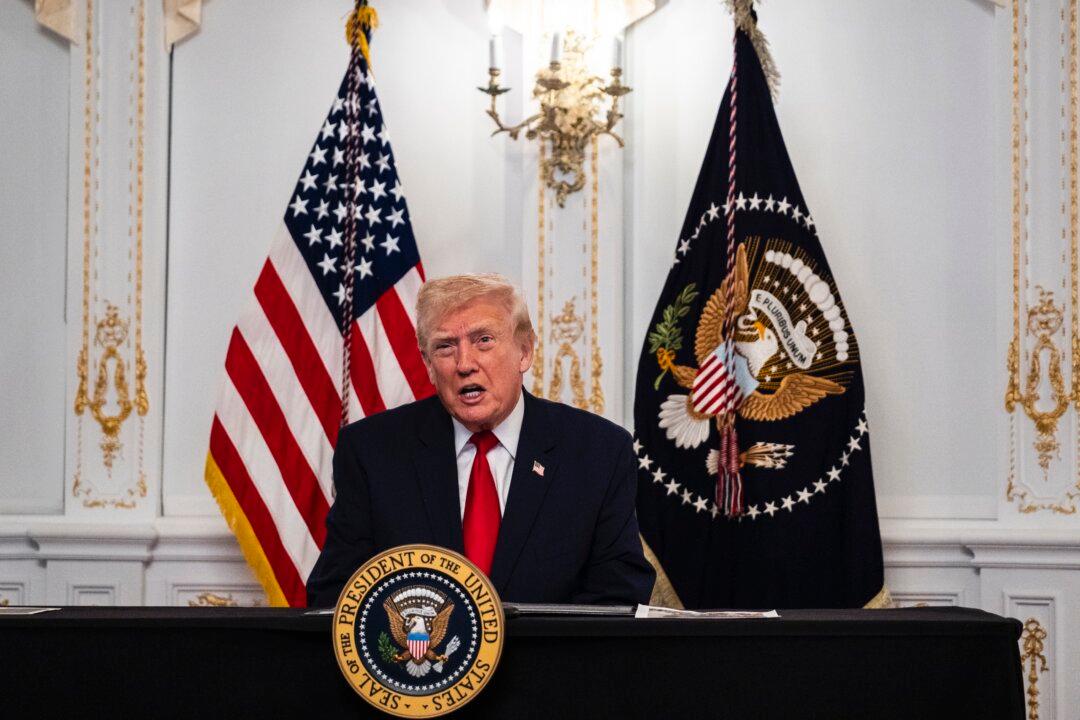The Obama administration has been charging ahead with its efforts to control global warming since announcing the U.S. Climate Action Plan in 2013 and pledging to increase funding for clean energy technology across all agencies by 30 percent. The administration also set the ambitious goal of doubling wind and solar electricity generation by 2020.
On Sept. 16, the White House reconfirmed its commitment to transitioning America to cleaner and more distributed energy sources by announcing in a press release a number of funding initiatives equalling over $120 million to assist 15 states across the country increase their solar power activities.
Despite the successes touted by the administration in shifting America’s energy mix, the long-term cost benefits for consumers may not be there.
Risky Solar Loans
In 2009, the Department of Energy (DOE) Loan Program Office (LPO) doled out more than $30 billion in loans including risky guarantees to support construction of the nation’s first five utility-scale photovoltaic (PV) solar facilities, each larger than 100 MW, and loans to a variety of renewable energy projects with the goal of quickly moving the United States toward a clean energy future. At that time, commercial lenders wouldn’t risk supporting huge startup companies attempting to deploy new technology.





